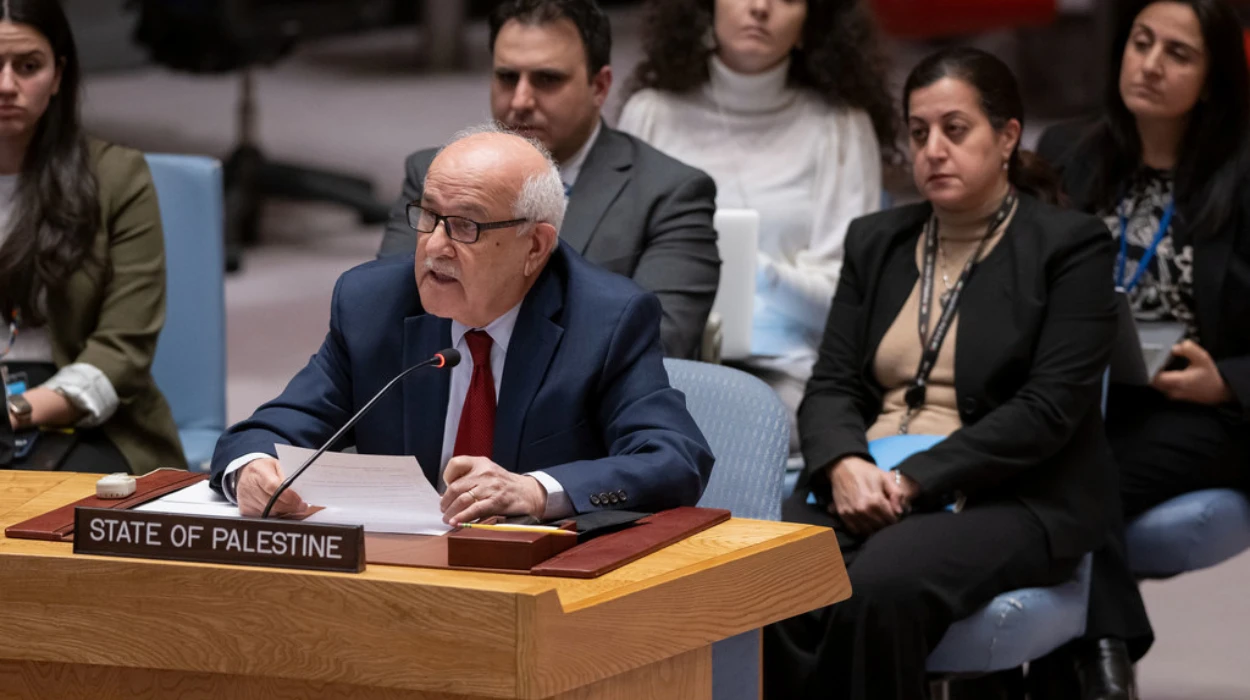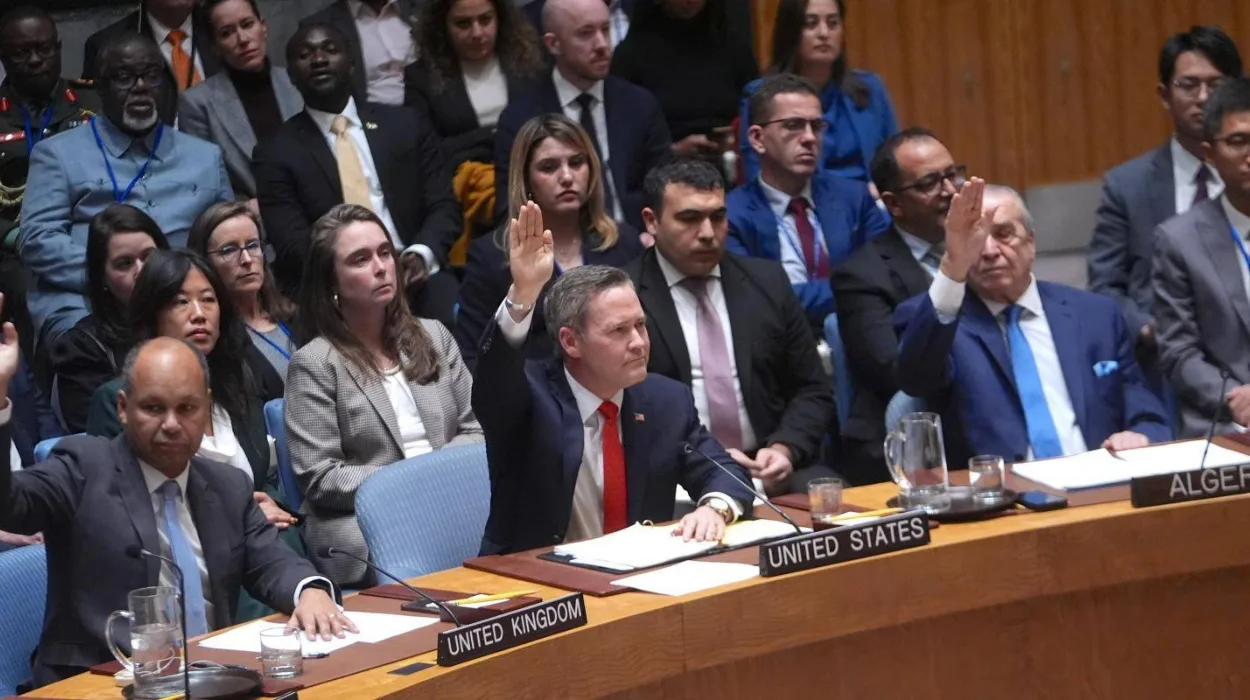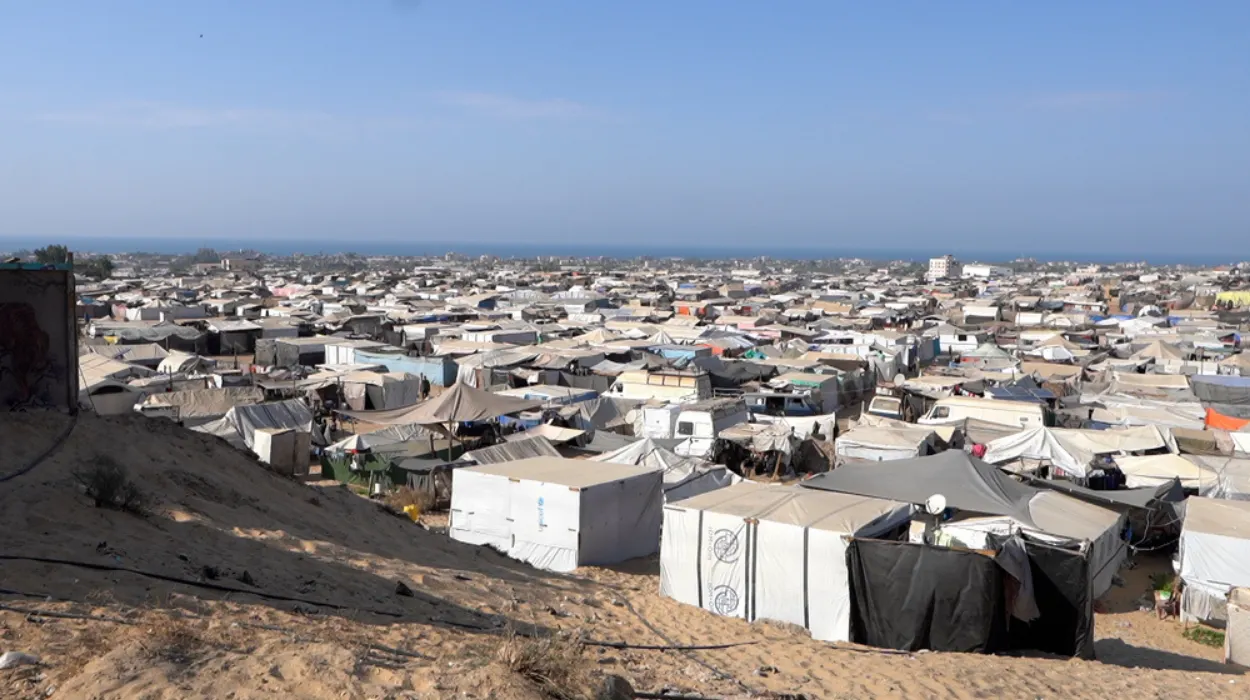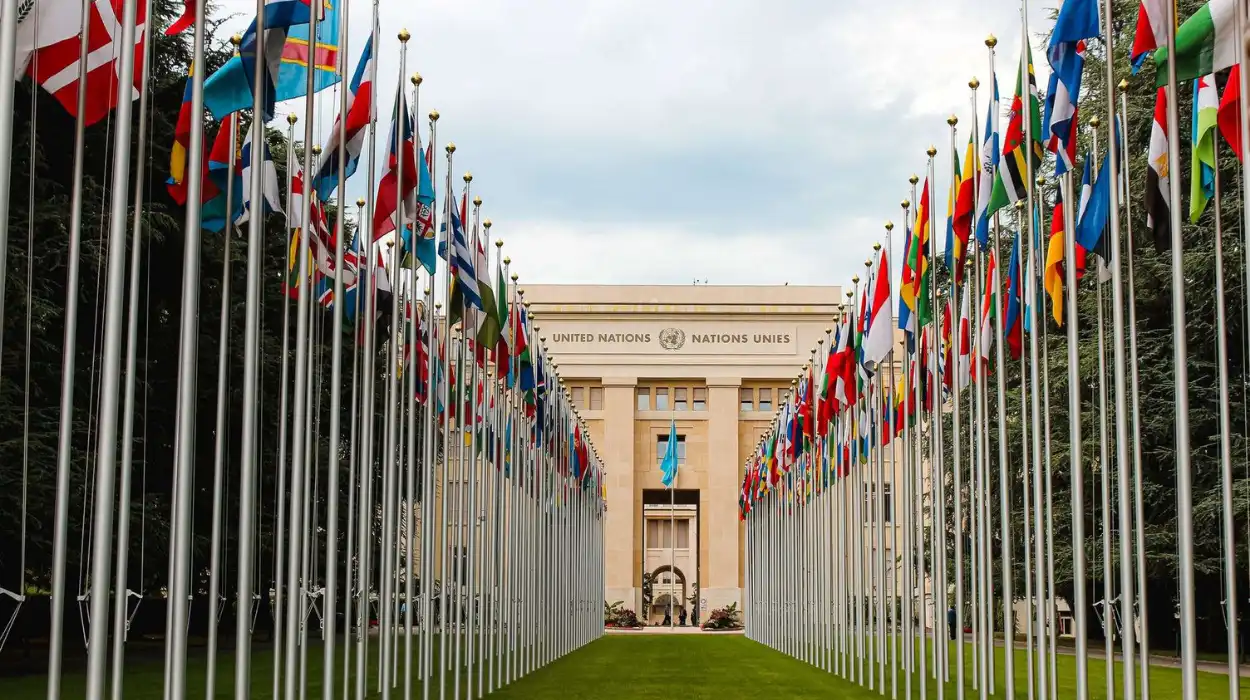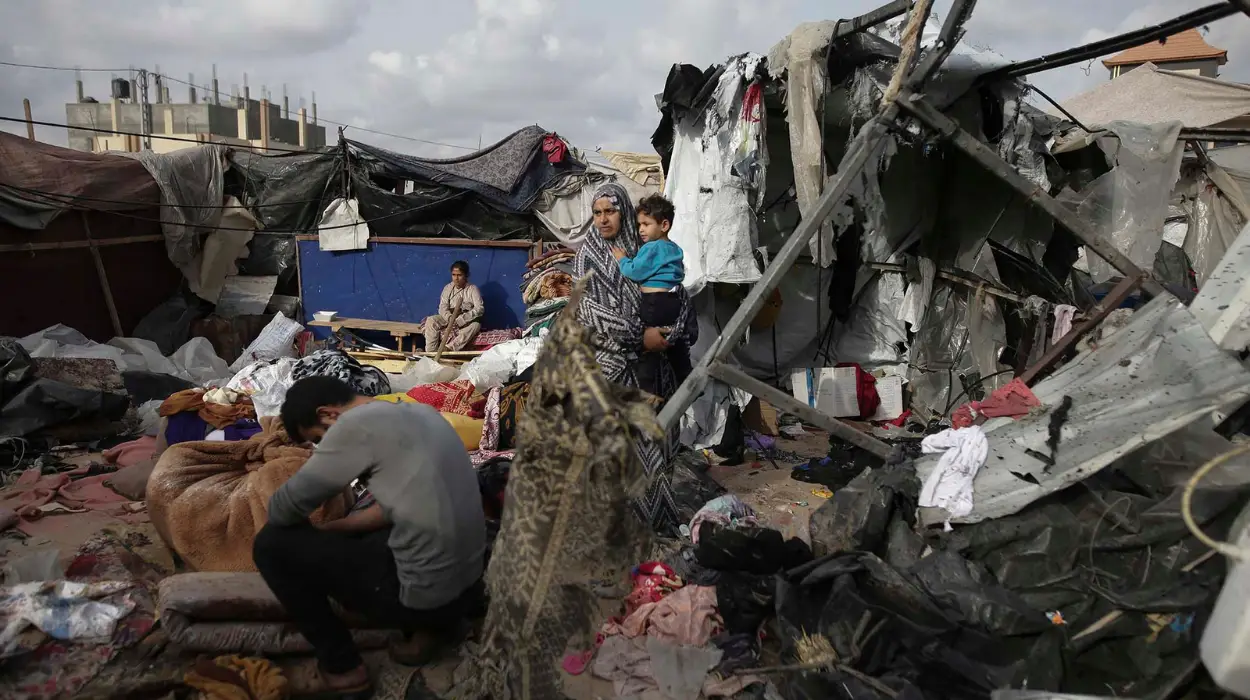In July 2025, southern Syrian region of Sweida governorate erupted into intense sectarian violence claiming one of the bloodiest outbreaks in the region since the horrific civil war. The fighting has been focused on confrontation between Druze militias, Bedouin tribal warriors and the marechal of the Syrian caretaker regime provoking a fatal spiral of sectarian and tribal politics.
The United Nations Office for the Coordination of Humanitarian Affairs (OCHA) informed that about 176,000 people have fled the area since the middle of July to escape to neighboring governorates of Dar a and Rural Damascus. According to the Syrian Observatory for Human Rights (SOHR), the toll of the battle has reached hundreds by the end of July, among them about 300 Druze fighters and civilians, more than 250 members of the government forces, and tens of Bedouin fighters, which demonstrates the cruel fierceness of such clashes.
The violence shatters a part of the country that has long been spared the ugliest parts of Syria’s fourteen-year war. Mostly controlled by the Druze minority, it has seen a radical decline in living conditions with massacres, kidnappings, death through execution and the burning down of properties and houses in Sweida. Targets have also been humanitarian infrastructure. The World Health Organization (WHO) attested to five attacks on health facilities with the deaths of two doctors and numerous strikes on ambulances and hospitals which remain overburdened in treating traumatized patients in the limited supply and access.
Sectarian Divisions And Cycles Of Retribution
Catalysts Of Conflict And Breakdown Of Order
The confrontation escalated from a crime incident on July 11—a reported robbery—that quickly morphed into wide-scale sectarian conflict. The Druze militias, in the person of Sheikh Hikmat al-Hijri, opposed ceasefires and advocated an extended armed struggle and contacts with Israel to secure their protection. In the meantime, the Bedouin tribal warriors acted in revenge raids, provoking bouts of mutual violence. The caretaker forces of the Syrian government, which were supposed to restart things to normal, ended up being involved in the struggle with some reports claiming that these forces aligned themselves to the Bedouin groups and also perpetuating the same abuses as witnessed with militia-related violence.
Sectarian Targeting And Fragile National Unity
The sectarian aspect of the conflict is emphasized by the fact that the civilians are targeted on the lines of their religious and ethnic associates with fears emerging that the conflict may create more divisions in the already frail social structure of Syria. The violence is a potentially deadly trend of high localized sectarianism that risks national unity and post-war construction processes.
Humanitarian Impacts And Healthcare Under Siege
Massive Displacement And Civilian Suffering
Humanitarian costs in Sweida are outrageous. The number of people displaced by the UN and WHO sees about 176,000 individuals have left the comfort of their homes as a result of the rising violence. Homes in safer governorates are overwhelmed by internally displaced persons, who may run out of food, clean water and medical services. It is claimed that children and elderly are the vulnerable groups who lack proper protection and services due to the lack of these services with the root cause of Syria as a nationwide humanitarian crisis.
Loss Of Medical Personnel And Services
Healthcare facilities bear the brunt of this violence in disturbing ways. The WHO’s verification of targeted attacks against medical infrastructure signals a blatant disregard for international humanitarian norms. Hospitals have been temporarily seized by armed groups, ambulances assaulted or obstructed, and medical personnel exposed to life-threatening conditions. The assassination of two doctors amidst the violence represents a devastating blow to an already fragile healthcare system. Medical staff face dangers commuting to work, shortages of essential supplies, and infrastructural damage. Access routes to facilities remain insecure and unpredictable, hampering relief operations and emergency response.
The compounded effects of displacement, violence, and healthcare disruption create critical vulnerabilities within the population, heightening risks of disease outbreaks, malnutrition, and prolonged trauma.
Regional Actors And Geopolitical Stakes
Israeli Military Intervention And Regional Tensions
In an unusual development, Israel has also entered the fray as it is said to have carried out airstrikes against Syrian government and Bedouin forces around Sweida. Israeli authorities focus on these actions as the defense against the Druze community, which is a minority group, spiritually and historically related with Israel and strategically critical to the security environment of South Syria. Prime minister Benjamin Netanyahu reaffirmed Israel to provide protection to Druze and restrain military presences of Syria in the area.
Involvement of Israel furthers the internationalization of the conflict, which is an indication that sectarian violence in Sweida is emblematic not only of the problems within Syria but also those of the Middle East as a whole.
Syrian Government Challenges And Political Dynamics
The Syrian temporary government, which replaced old Assad rule in December 2024, has its enormous difficulty to simmer the violence without enhancing the aggravation. Its credibility among Druze groups and the human rights community was dented by allegations of having issued abuses by the government forces and sided with Bedouin warriors. The war reveals the weaknesses of the state power in the regions of unrest and hinders the process of supporting peace and order in weak political transitions.
Suspicions of the intentions of Damascus and the demands of autonomous protection systems by Druze show signs of underlying separatism that has been triggered by the violence in southern Syria, which continues to pose a long-term threat to the territorial barriers and identity or control of that segment of Syria.
The Broader Implications For Post-War Syrian Stability
Sectarianism As A Barrier To National Reconciliation
The violence in the Sweida graphically shows how the sectarian divisiveness continues to be the destabilizing factor in Syria. Irrespective of the end of a centerpiece war, ethnic and religious split openings are precipitating lethal minor wars as these ethnic shifts pose a danger to the national coordination. This sectarian hatred makes the reconciliation efforts more complicated and supports militarisation of the communities.
Researchers and regional experts caution that such outbreaks will reemerge unless there are comprehensive policies to deal with root causes of unrests where they include political participatory roles, minority rights and even resource allocation.
Fragile Healthcare And Governance Systems
The targeting of health services in the region of Sweida is representative of wider failures of governance in which dispensation of basic guarantees and protections is irregular. The violence slows the rebuilding process, puts off delivery of aid, and diminishes the confidence towards bodies charged with the responsibility of security and social welfare. The redesign of the war-torn healthcare system in Syria is not only a requirement of building up the infrastructure, but also the need to secure civilian areas in the regulations.
The spiraling humanitarian crisis cannot be overcome and the societal cohesion could not be restored without political will and support of the other countries and provision of inclusive structures of governance.
This person has spoken on the topic: Security analyst @Brightmind24_7 recently highlighted that
“Sweida’s escalating conflict encapsulates the precarious balance of post-war Syria—sectarian fault lines and contested governance threaten to unravel any fragile calm, demanding urgent, inclusive interventions.”
pic.twitter.com/JAwXpBl1XI
?? Syrian regime forces have entered the southern city of Sweida and are reportedly attacking Druze and Christian communities.
Sweida has long been a refuge from Sharia law, but now its residents fear large-scale violence.
— BrightMind (@Brightmind24_7) July 15, 2025The sectarian violence in Sweida highlights all the complications facing the tense peace in Syria. As localized wars that nurse on popular hatred are transformed into humanitarian catastrophes, the destabilization of post-war order is subjected to a harsh trial. Getting through this rough weather involves concerted interventions amongst humanitarian, political and security fronts to end circles of violence and enjoy a lasting reconciliation in a destroyed country.


